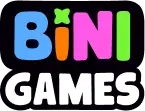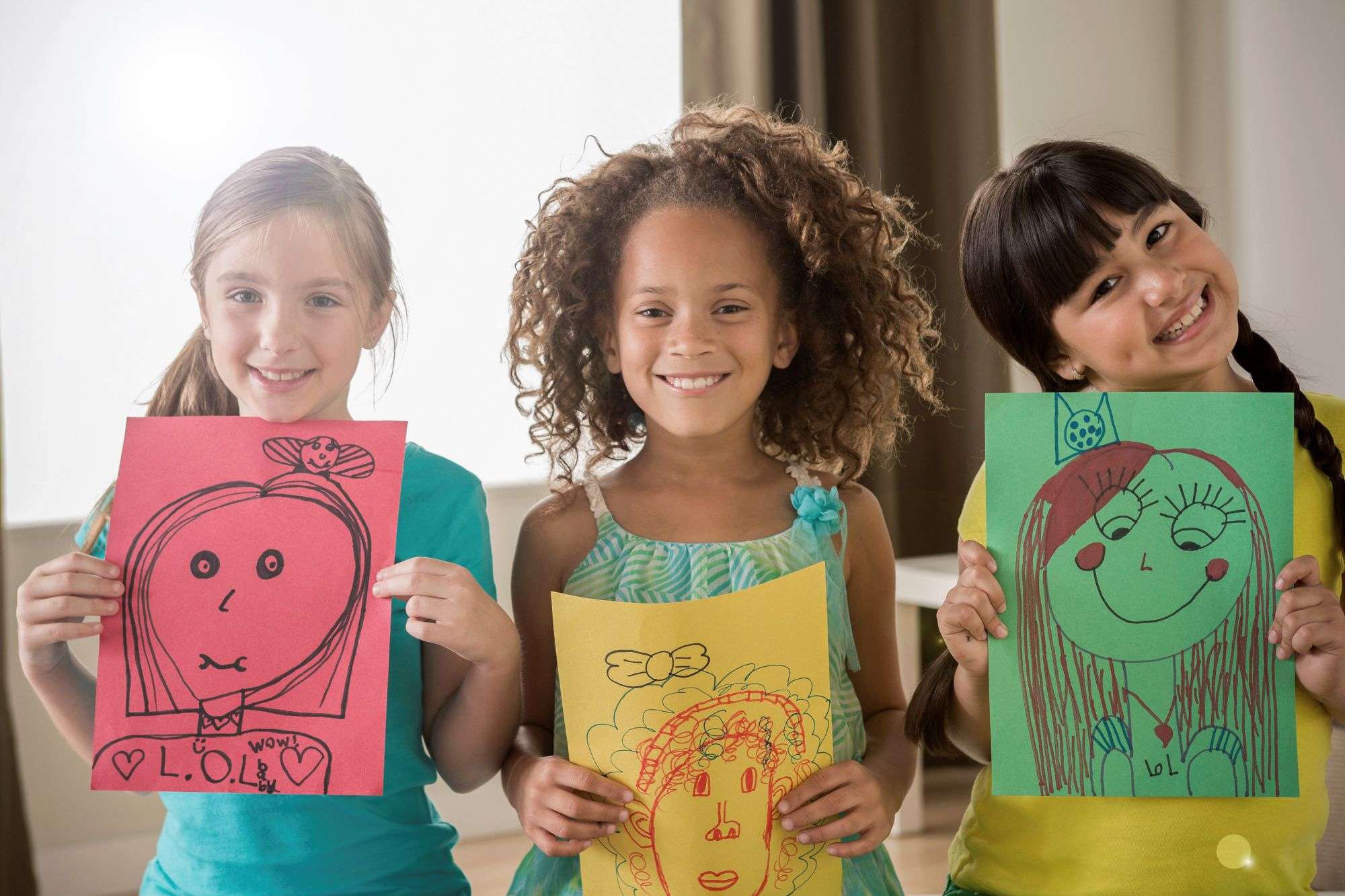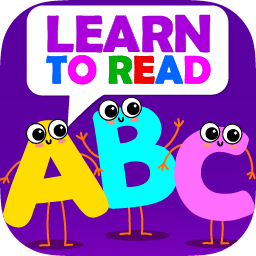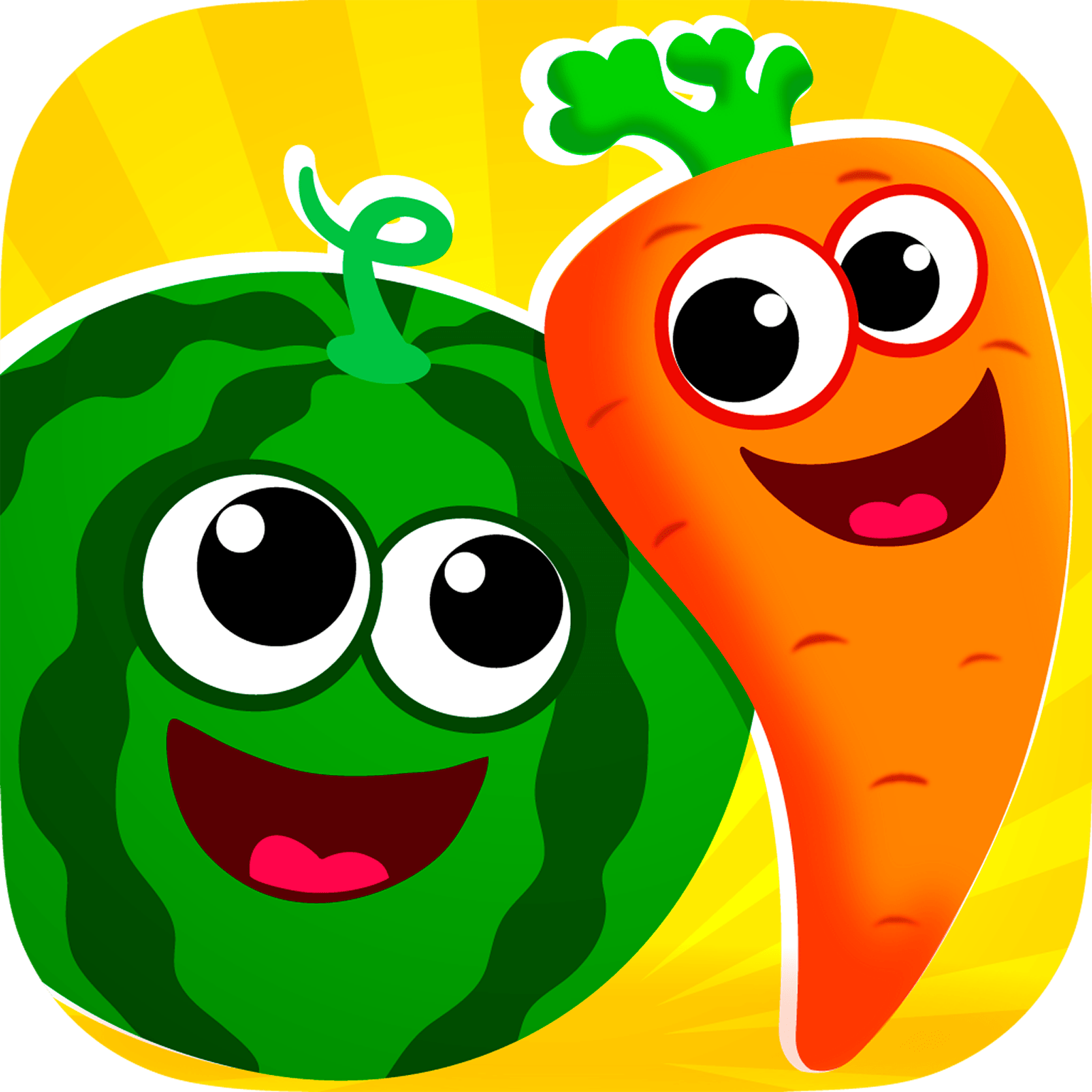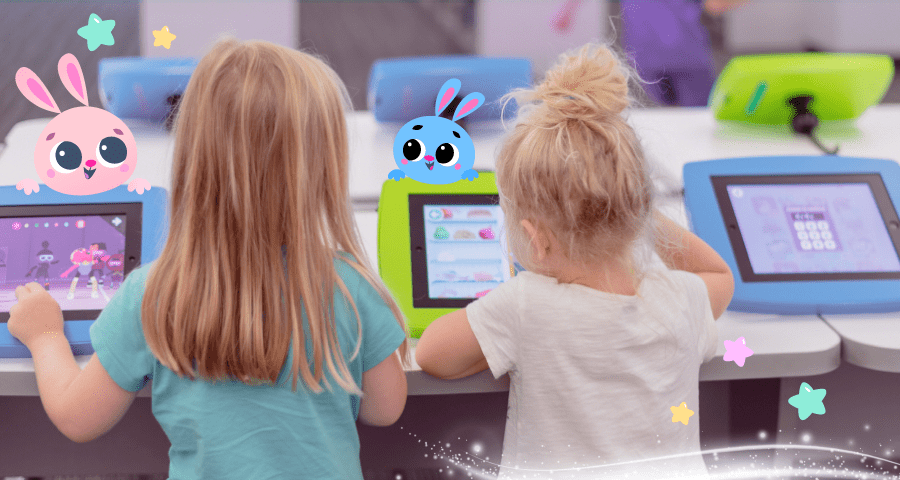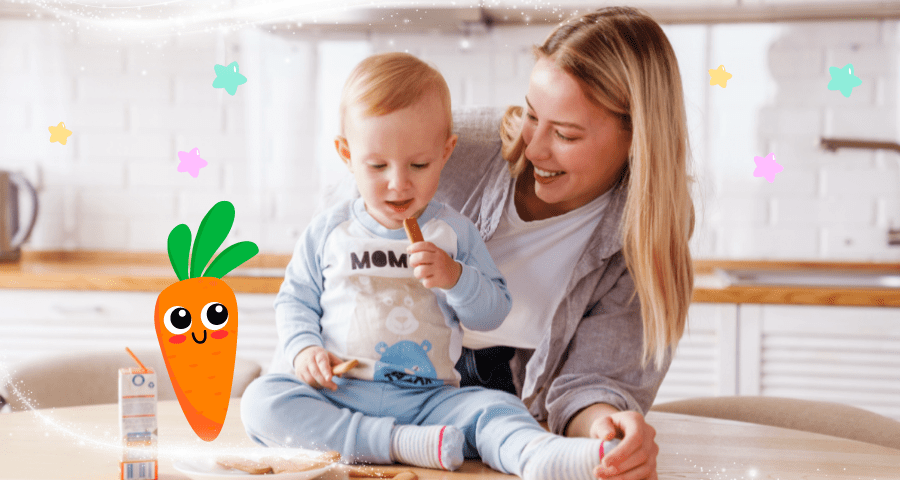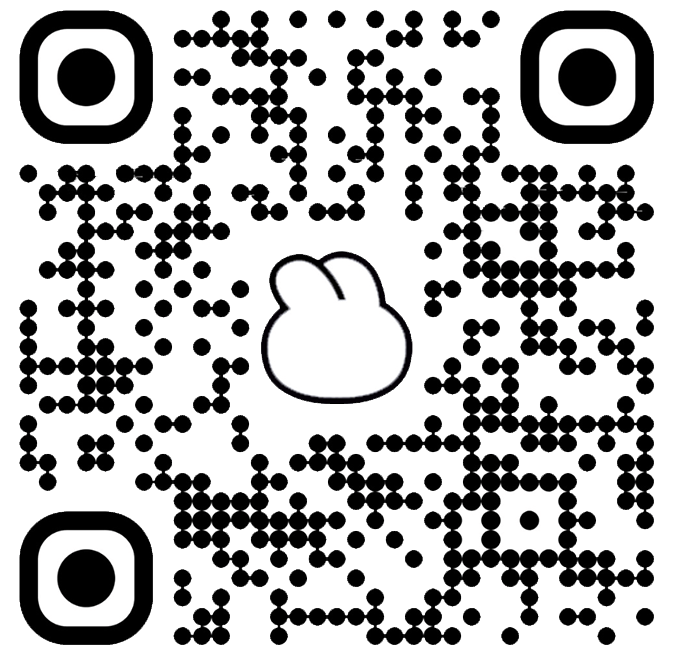Raising a 3-year-old is like being on an unpredictable rollercoaster. One minute they’re giggling with joy, and the next, they’re frustrated because their block tower fell over. You want to help them learn and grow, but where do you even start? Should you be teaching letters? Numbers? Or just letting them play? The truth is, at this age, play is learning! With the right activities, you can turn everyday moments into exciting opportunities for your little one to explore, discover, and develop—right from the comfort of home.

Activities for 3 Year Olds: Key Skills Parents Should Focus On
- Motor Skill: Activities like stacking blocks, drawing, or jumping help your child develop control over their hands and body. These activities build the muscles they need for tasks like writing later on.
- Problem-Solving: Simple activities like puzzles or sorting toys help your kid learn how to think and solve problems. They’ll figure out how things fit together and learn to try different solutions.
- Sensory Development: Let your child explore different textures, colors, and sounds. Playing with playdough, feeling different materials, or listening to sounds helps them understand the world and calms their emotions.
- Talking and Listening: Pretend play, like playing house or making up stories, helps your kid learn new words and practice talking. It also teaches them how to listen and have conversations with others.
- Sharing and Helping: Simple tasks like sharing toys or helping with chores teach your child how to be kind, wait their turn, and take responsibility. These are important for their emotional growth and getting along with others.
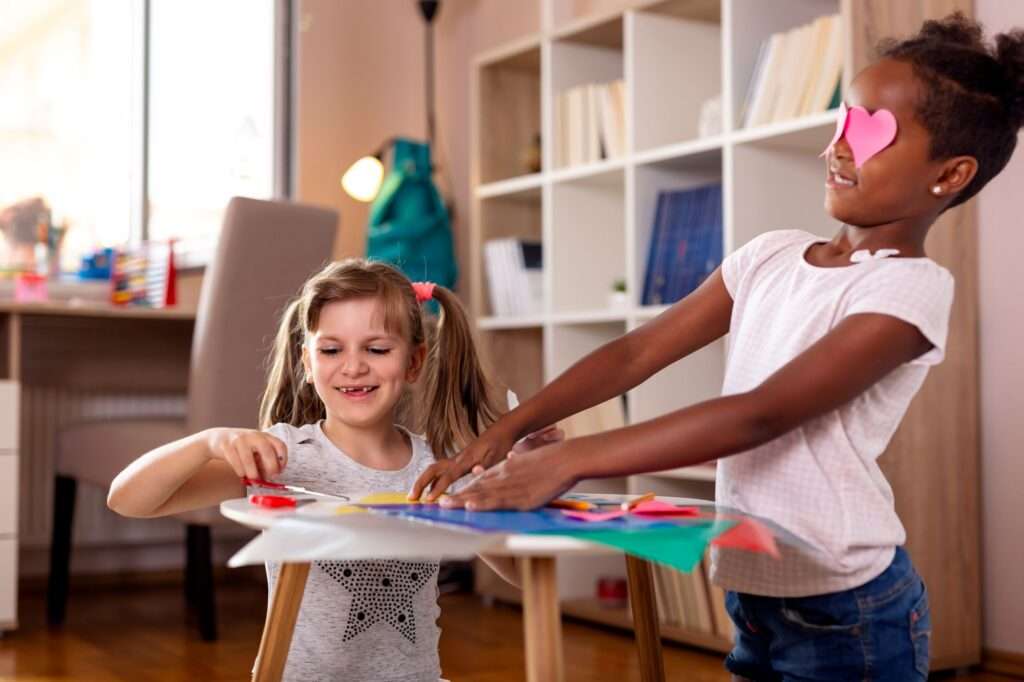
Why Learning Activities for 3 Year Olds Matter: Insights from Experts
Early childhood educators agree—play isn’t just fun, it’s essential for development! At age three, kids are expanding their vocabulary, improving hand-eye coordination, and starting to understand emotions. Play-based learning builds these skills in a way that feels natural. When your kid stacks blocks, they’re learning about balance. When they draw, they’re practicing fine motor control. When they pretend to cook, they’re problem-solving. Every moment of play is an opportunity for growth!
7 Fun Educational Activities for 3 Year Olds at Home
Looking for ways to keep your little one engaged while also supporting their development? These seven activities are fun, simple, and packed with learning.Plus, hear from real parents about how these activities helped their kids grow.
- Three Year Old Activities: Self-Portrait Art. Let your child get creative by drawing themselves! Offer different materials—crayons, paints, markers, even finger painting. For an extra challenge, have them try using cotton swabs, sponges, or even stamping with leaves. Once they’ve mastered their own face, they can draw the whole family (even the pet)! Parent Story: “My daughter used to avoid drawing because she was afraid of making mistakes. When we started self-portraits with finger painting, she suddenly loved it! Now she enjoys drawing every day, and I’ve noticed she holds a crayon with more confidence.” – Emma, mom of a 3-year-old
- DIY Collage Creations. Grab some glue and an assortment of materials—magazine clippings, stickers, dried leaves, clay, pasta, and fabric scraps. Let your child piece them together into colorful collages. Over time, they can create their own “gallery” of unique artwork. Parent Story: “My son struggles with focus, but when we do collages, he sits for 20 minutes straight! Mixing materials like dried leaves and stickers keeps him engaged, and I love seeing his imagination at work.” – Sarah, mom of a 3-year-old
- Homemade Musical Instruments & Mini Band. Turn everyday household items into instruments! Fill empty bottles with rice for maracas, use rubber bands over a tissue box for a guitar, or tap on different-sized pots to create a drum set. Once the instruments are ready, form a family band and put on a performance! Parent Story: “My little one was always making noise, so we turned it into music! Now, instead of banging on everything, he loves playing his ‘drums’ with a beat. It’s helped him listen better and even improved his patience.” – Mark, dad of a 3-year-old
- The Ultimate Indoor Fort. Transform your living room into an adventure zone! Use pillows, chairs, and blankets to build a cozy hideout. Bring in a flashlight and some books for a magical storytelling session inside. Parent Story: “My son has big emotions, and when he feels overwhelmed, he loves building a fort. It helps him calm down, and we use it as our special reading space. It’s been a game-changer for bedtime too!” – Lily, mom of a 3-year-old
- Planting Magic: Growing Indoor Plants Together. Start with something easy like beans or grass. Let your child plant the seeds and water them daily. Watching a tiny sprout turn into a plant teaches patience and responsibility. As they get older, they can help re-pot houseplants or even grow herbs in the kitchen! Parent Story: “My daughter used to be impatient, always wanting things ‘now.’ Growing plants together has taught her to wait and take care of something. She checks her little pot every morning and feels so proud when she sees it grow!” – Anna, mom of a 3-year-old
- Dance Party with a Creative Twist. Turn on some lively music and encourage your child to invent their own dance moves! They can mimic different animals, pretend they’re floating in space, or tell a story through movement. Parent Story: “My son is shy in groups, but dancing at home has helped him open up. Now, when he hears music, he starts moving right away! It’s made a big difference in his confidence.” – James, dad of a 3-year-old
- DIY Jewelry-Making. Use large beads or shaped pasta to create bracelets and necklaces. Add colorful threads, feathers, or ribbons to make the designs even more special. If you have letter beads, encourage your child to spell out simple words—turning a fun craft into an early literacy activity! Parent Story: “Beading has been amazing for my daughter’s hand strength! At first, she struggled to thread the beads, but now she’s so precise. Plus, she’s learning letters by making name bracelets for everyone in the family.” – Rachel, mom of a 3-year-old
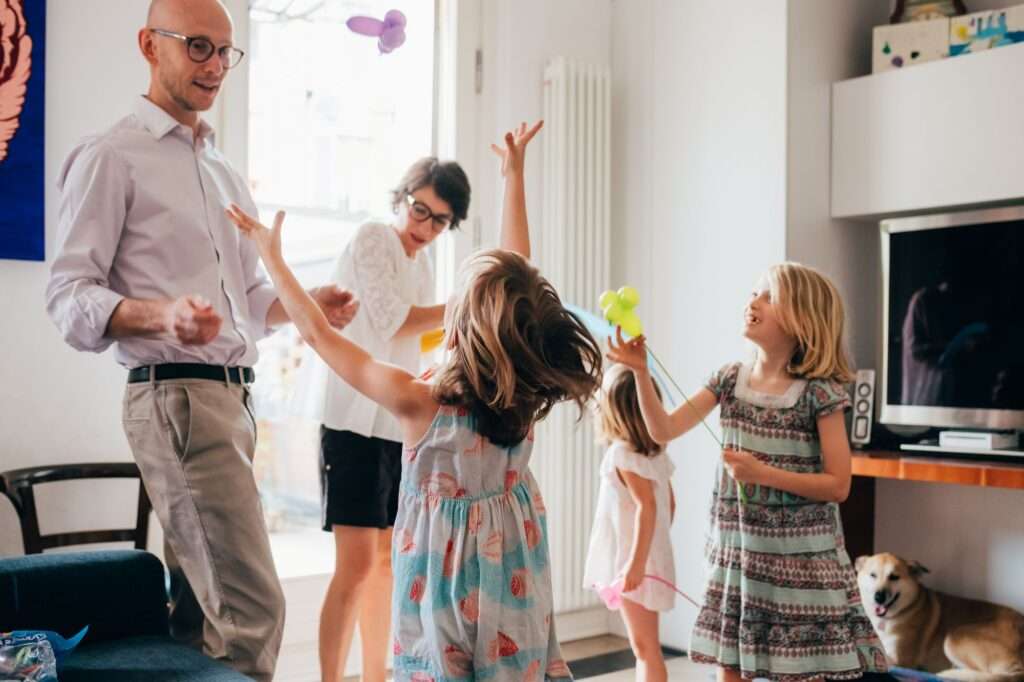
Preschool Activities for 3 Year Olds by Bini Games Apps
Want to take learning to the next level? Bini Games apps are packed with mini-games featuring cute animated characters, bright visuals, and engaging activities. Your child can:
- Learn ABCs & early math
- Strengthen fine motor skills & logic
- Improve memory, attention & creativity
- Go on fun adventures—cooking, gardening, firefighting, and more!
With playful learning experiences like snowball fights and hide-and-seek, these apps keep kids entertained while secretly teaching them valuable skills!
How to Create Your Own Toddler Learning Activities 3 Year Olds
Ever feel like you need a Pinterest-perfect setup for learning at home? You don’t! The best activities come from everyday moments and your child’s natural curiosity. Here’s how to turn normal days into fun learning adventures—without making more work for yourself.
- Follow Their Passions. Kids learn best when they’re excited! If they love dinosaurs, hide small dino toys around the house for a dinosaur hunt. If space fascinates them, turn a cardboard box into a rocket and count down for blast-off. Their favorite things can be the gateway to learning!
- Mix Learning into Play. Forget worksheets—learning happens naturally when kids play! Count toys while cleaning up, spot letters on cereal boxes, or make mealtime a color game (“Can you find something red on your plate?”). These tiny moments add up!
- Encourage Creativity. Give them open-ended materials like paper, stickers, or fabric scraps and let their imagination take over. No rules, no end goal—just fun. A paper towel roll might turn into a telescope, a castle tower, or even an elephant trunk!
- Use Everyday Moments. Learning doesn’t have to be a big event—it’s already happening in your daily routine. At the grocery store? Let them find the apples or count the bananas. Baking cookies? Talk about measuring and mixing. Bath time? Experiment with floating and sinking toys.
- Let Them Lead. Sometimes, kids come up with the best learning games on their own! If they start lining up blocks in patterns, go with it. If they suddenly want to pretend to be a chef, let them “cook” with dry pasta. Follow their lead, and you’ll be amazed at how much they’re learning.
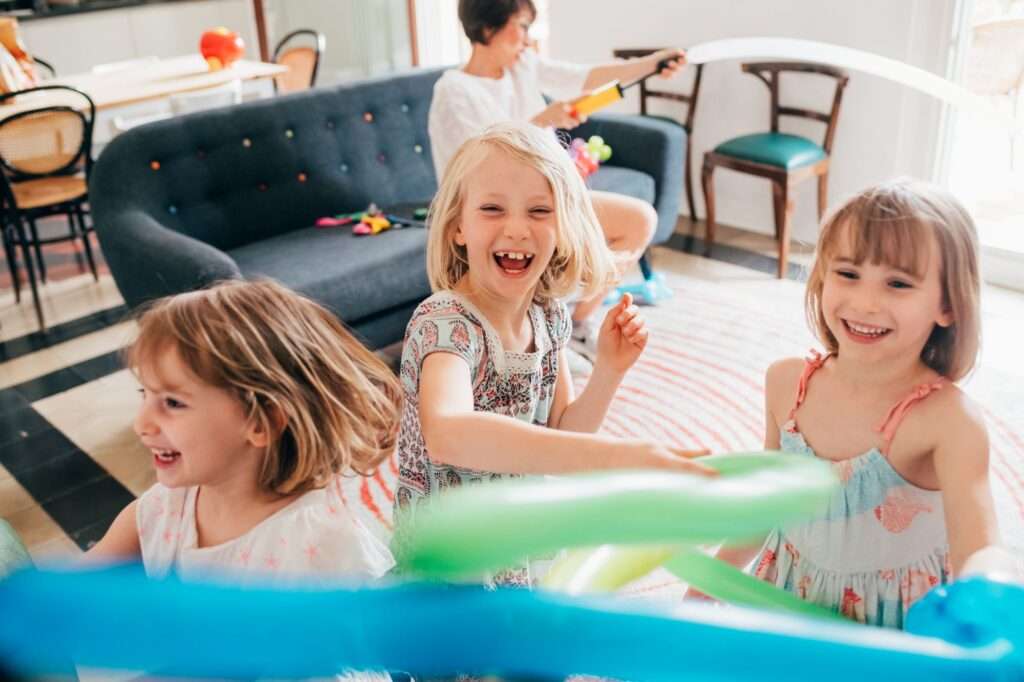
The Secret? Learning Is Already Happening!
You don’t need fancy setups or new toys—just a little creativity and a lot of play. Next time you’re making dinner, tidying up, or heading outside, look for simple ways to make it a learning adventure. Each moment can be a chance to teach and engage with your child! You can even ask them to help with little tasks, like sorting items or counting the apples in your basket. Your child is already curious—just follow their lead!
Which idea are you excited to try first?
